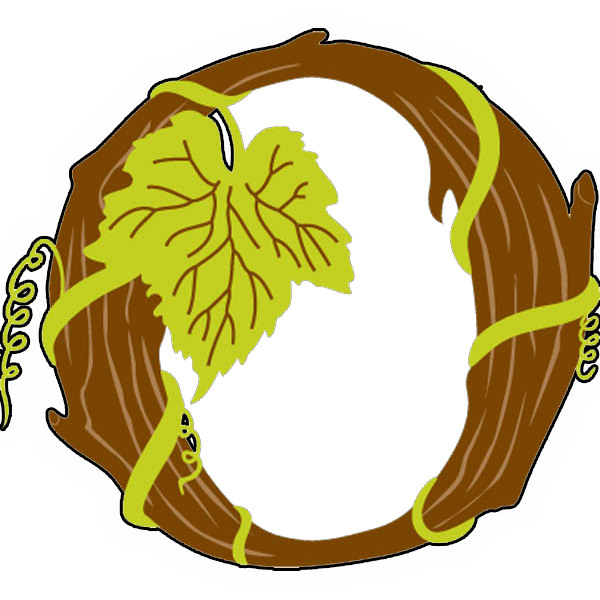Bourgogne, France
Domaine Eric Forest
The young vigneron Eric Forest inherited not only the prized family vineyards but the singular dedication of eight generations of Macon growers. Currently he has three hectares in Vergisson which he farms organically. The vineyard for the cuvee AME were planted by his grandfather in 1963.
The plot of Les Crays were planted between 1930 and 1966. He has a “hands-off” style of winemaking, preferring to let time and gravity transform the wines. The wines are fermented and then rest quietly on their lees in the barrel with an occasional batonage until they are ready to be bottled by hand.
Pouilly- Fuissé - AME
Pouilly- Fuissé - Les Crays
Domaine de la Monette
Although it hadn’t been a producing wine estate in a decade, the Domaine de la Monette still had a couple of acres attached alongside the old houses. It got a second lease on its viticultural life when an enterprising Dutch couple, Roelof Ligtmans and Marlon Stein purchased the estate in 2006. They are the sort of people who seem to make a success on whatever they train their sights.
They went to oenology school while rebuilding the winery and rehabilitating the vines. Along the way, they bought a couple more vineyards that had by luck come for sale and a few years later, introduced their first releases of Mercurey.
We are thrilled to have been introduced early to the Ligtmans and their terrific wines. From the beginning Roelof has made a practice of completely organic viticulture and all the vineyards were certified as of 2013. The wines are welcoming with their in-tune expressions of Burgundy.
Bourgogne Rouge - Sur le Château
Mercurey Rouge - Les Chavances
Mercurey Rouge - Le Saut Muchiau
Mercurey Blanc - Les Obus
Domaine Bersan
Jean-Louis Bersan and his son, Jean-Claude are the latest of many generation to farm vines in the village of Saint Bris-le-Vineux. All the vines- Chardonnay, Sauvignon Blanc and Pinot Noir- are farmed organically. They rely on slow, spontaneous fermentations
Sauvignon de Saint Bris
Chablis
Domaine Chamonard & Chateau Cambon
Joseph Chamonard was one of the original progenitors of natural wine in Beaujolais. With his contemporary, Marcel Lapierre, he developed a minimalist philosophy in wine making: no chemicals in the vineyard, only natural yeast fermentations and the minimal to zero use of sulphur. He produced his singular Morgon from four hectares of now 60-year-old vines in the village of Villié- Morgon. He used a combination of traditional and Carbonic maceration fermentations.
Chamonard’s daughter, Genevieve, and her husband, Jean- Claude Chanudet, continue his winemaking philosophy and practices. Genevie and Jean-Claude are also the owners of Chateau Cambon. Although it lies just outside the crus Morgon and Brouilly, its three parcels of old vines are very special indeed. The original plantings are nearly 100 years old.
These vines and some newer vines are farmed biodynamically and the wine is made gently with natural yeasts. The “Cuvée du Chat”, once designated a Beaujolais-Villages, come from a parcel planted in 1945.
Vin de France - Cuvée du Chat
Chateau Cambon - Beaujolais
Domaine Chamonard Morgon - Clos de Lys







